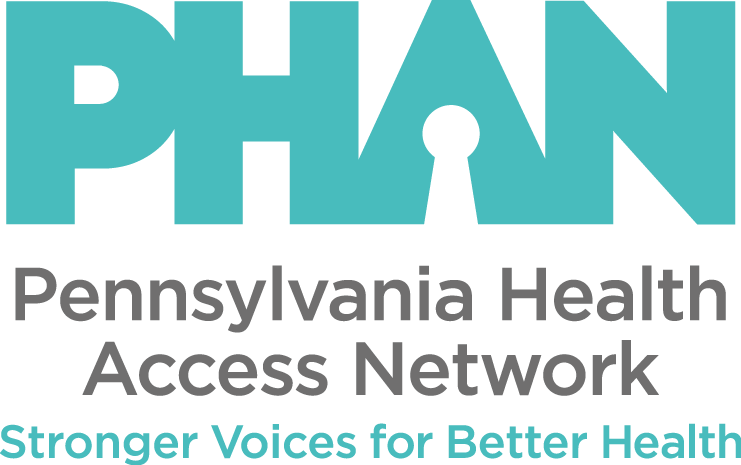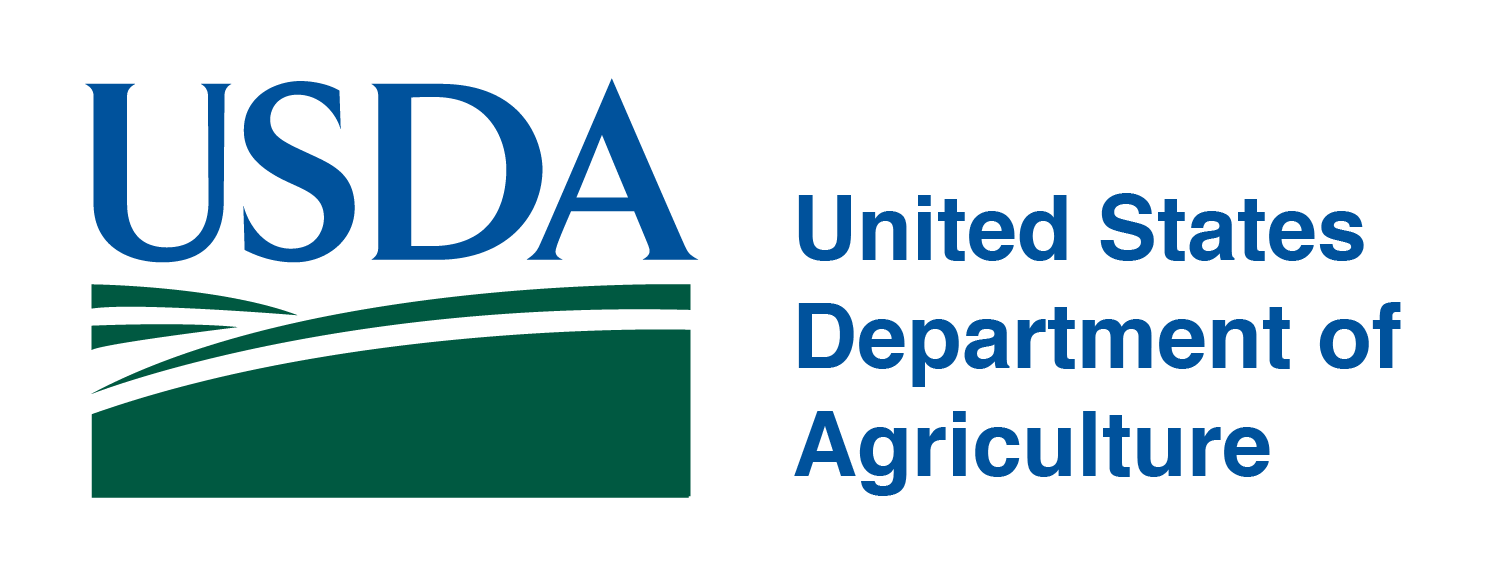
Pennsylvania ranks 20th in child well-being, according to the 2025 KIDS COUNT Data Book, a 50-state report of recent data developed by the Annie E. Casey Foundation analyzing how kids are faring in post-pandemic America. The data show Pennsylvania leaders — particularly its congressional delegation — must do more to protect critical safety net programs that help children thrive.
In the Data Book’s economic well-being domain, which examines child poverty among other indicators, Pennsylvania ranks 22nd. In 2023, approximately 16%, or 404,000 of the state’s children, lived in poverty (defined as yearly income below $30,900 for a family of two adults and two children).
According to the Data Book, Pennsylvania ranks 20th in the health domain, with 147,000 uninsured children in the commonwealth. In every community across Pennsylvania, Medicaid plays a significant role in keeping kids covered and healthy. As families grapple with the rising costs of everyday expenses, it’s more important than ever that they have access to high-quality, affordable health care for both physical and mental health.
Congress is considering the largest cuts to Medicaid in the program’s history, which would jeopardize coverage for more than 1.2 million children (39% of the state’s child population) who rely on it. This includes children with special health care needs, those living in the foster care system, children in rural areas, children from military families, and those in low-income working families.
Funding for the Supplemental Nutrition Assistance Program (SNAP), which provides food benefits to low-income families to supplement their grocery budgets and afford nutritious food essential to health and well-being, is also on the chopping block as Congress considers massive federal cuts to the program. According to the Pennsylvania Department of Human Services, 24% of all Pennsylvania children and young adults under 21 (or nearly 760,000) are enrolled in SNAP.
Each year, the Data Book presents national and state data from 16 indicators in four domains — economic well-being, education, health, and family and community factors — and ranks the states according to how children are faring overall.
In its 36th year of publication, the KIDS COUNT® Data Book provides reliable statewide numbers to help leaders see where progress is being made, where greater support is needed and which strategies are making a difference. Pennsylvania Partnerships for Children encourages lawmakers and officials to use this detailed information to unite across party lines and respond with initiatives that invest in young people. By offering a local road map, the Data Book equips policymakers, advocates and communities with the information they need to make decisions that help kids and young people thrive.
The 2025 KIDS COUNT Data Book is available at www.aecf.org/databook and Pennsylvania’s data profile can be found here.



